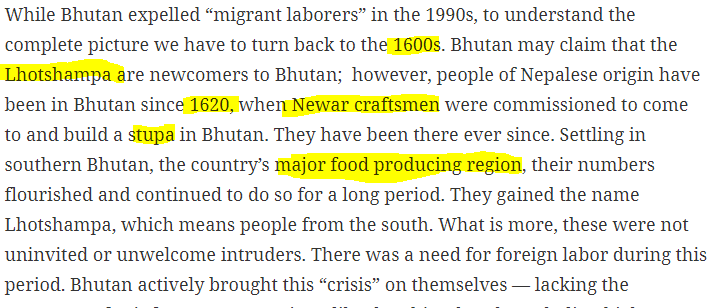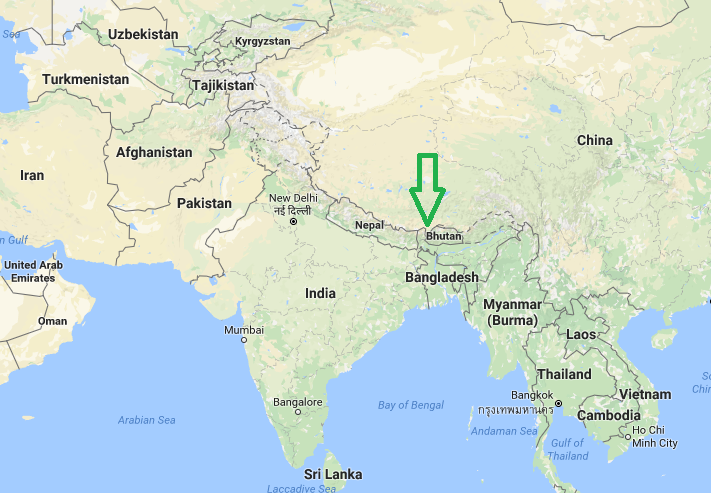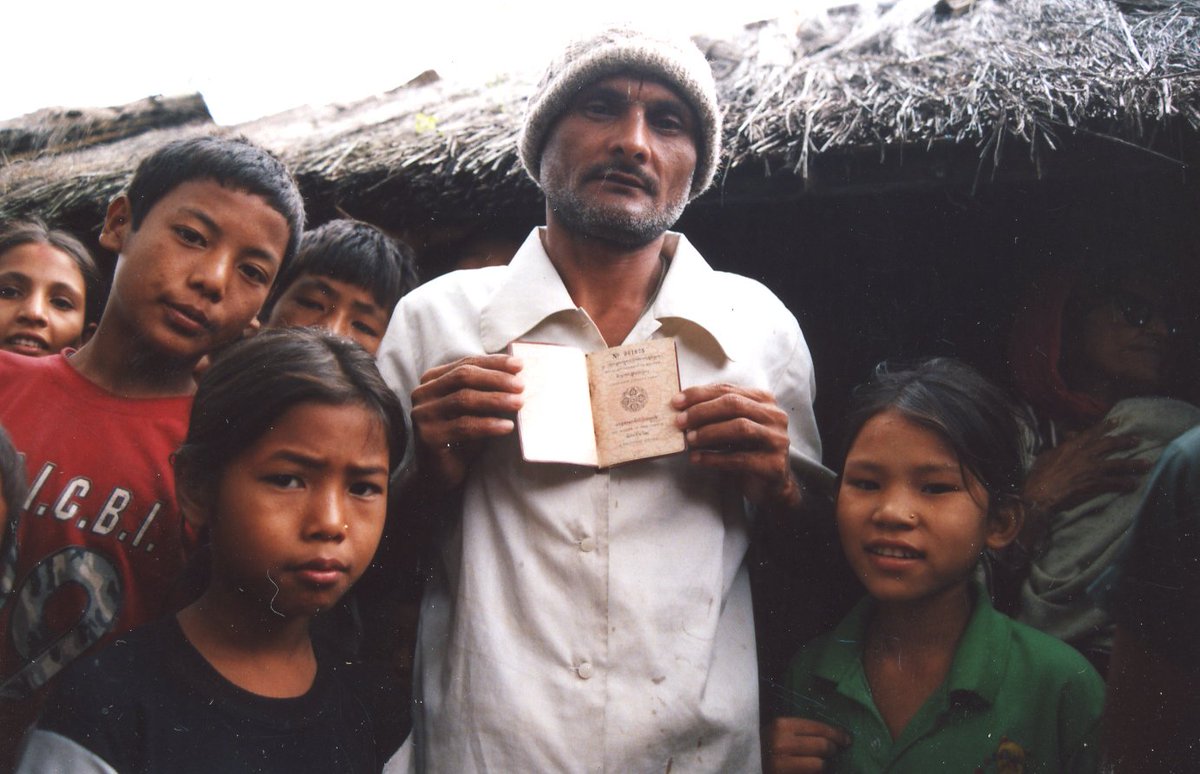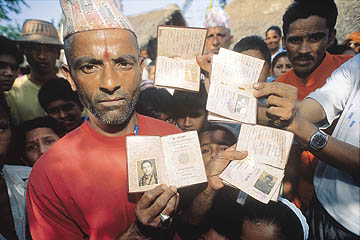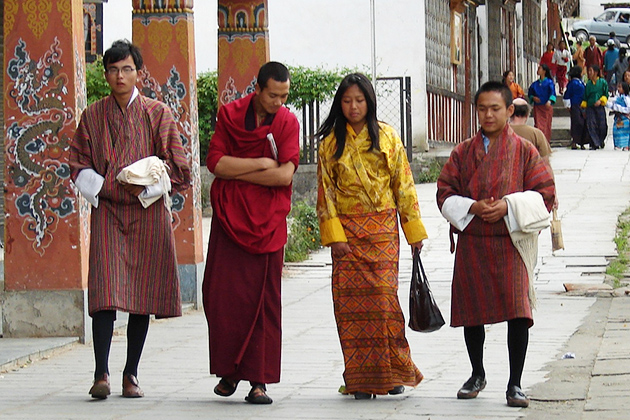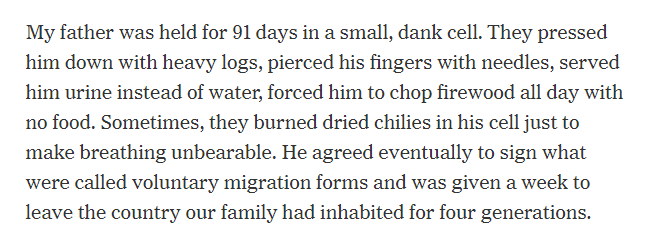2/18. Bhutan, a tiny isolated kingdom has a troubled recent history. Despite the extensive abuse of its own population, the country has – to a large extent – managed to avoid criticism in the international media.
3/18. On the contrary, the media has often helped perpetuate the myth of an exotic land of happiness in the majestic Himalayan mountains. However, what we have before us is a silent tragedy occurring in a media-created Shangri-La.
4/18. The situation in the country deteriorated in the 1980s when Bhutan’s elite identified the Nepali-language (Lhotshampas) minority as a political and cultural threat.
5/18. Citizenship Act of 1977 introduced more restrictive criteria that had to be met to obtain nationality. In particular, the requirement to read and write Dzongkha, the national language, was a challenge for many Lhotshampas who could not read and write at all.
6/18. In 1985 Citizenship Act went even further in its demands. Documentary evidence was required to prove that one had paid land tax, and been registered in 1958, the year of the first Nationality Law.
7/18. Providing 38 year old agricultural tax receipts would be difficult enough in the West, and was even more challenging in the largely paperless and illiterate society of Bhutan.
8/18. In addition, one must not have spoken or acted against the King, the country and the people. In order to implement the law, the Bhutanese government organized a census in 1988.
9/18.It was clearly aimed at identifying non-Bhutanese citizens, rather than at producing statistical data about the population, the survey only being carried out in the southern districts, where most Lhotshampas lived.
10/18. The edict made following the customs of the Buddhist majority mandatory, including wearing their traditional dress, and speaking Nepali was banned.
When it became clear how stringent and unreasonable the requirements were with regard to documentation, people grew worried.
When it became clear how stringent and unreasonable the requirements were with regard to documentation, people grew worried.
11/17. However, the mounting pressure on the populace suggested that reactions would follow, and indeed the policies were met with resistance, especially in the south.
12/18. The combination of the census and citizenship acts, the “One Nation, One People” policy, and the vilification of the ethnic Nepali community, led to the Lhotshampas feeling culturally marginalised, harassed and directly discriminated against.
13/18. They raised their concerns with a Lhotshampa member of the Royal Advisory Council, a body tasked with advising the King and supervising policy implementation. As a result, however, the bureaucrat was jailed for sedition, though he was later granted amnesty by the King.
14/18. By 1990 the political opposition movement had grown both inside and outside Bhutan. Thousands participated in demonstrations organised in southern Bhutan. These demonstrations were largely peaceful.
15/18. They were arrested and imprisoned for several months without trial were tortured and released only after signing papers stating that they would leave the country upon their release. After the crackdown on demonstrations, authorities introduced even more oppressive measures
16/18. 90,000 Bhutanese refugees who flooded shelters in eastern Nepal at that time. The population grew to more than 115,000, as people kept trickling in and children were born.
17/18. An interview with a refugee

 Read on Twitter
Read on Twitter![#Bhutan the last Shangri-La which has a dark history.Every sixth citizen is a refugee[A Thread]1/18 #Bhutan the last Shangri-La which has a dark history.Every sixth citizen is a refugee[A Thread]1/18](https://pbs.twimg.com/media/ElEz00tU0AAD8--.png)


